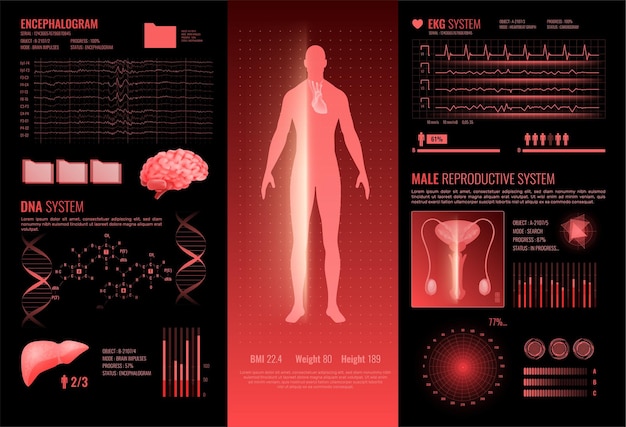Rohm’s SerDes ICs: Perfect for Multi-Screen Displays

Rohm has introduced new serdes ICs that are perfect for multi-screen setups in vehicles. The new models, a serializer called BU18TL82-M and a deserializer named BU18RL82-M, support full HD at 1980 × 1080 pixels.
Here’s what sets these apart: unlike standard serdes ICs that require pair connections for every video transmission, the BU18RL82-M deserializer can be daisy-chained. This means you only need one serializer to send video signals across multiple routes, which reduces the number of connectors and cables. Fewer cables and connectors mean simpler setup, lower costs, and a reduced risk of system failures.
Additionally, these serdes ICs can verify that video data is correctly transmitted from the SoC to the display by comparing CRC values. This is important for ensuring functional safety in cars, making sure the video feed is always reliable.
According to Stefan Drouzas, the senior application marketing manager at Rohm, the increase in electronic features like electronic mirrors or LCD instrument clusters in cars has led to more screens and, consequently, more complex video transmission routes. This complexity drives up costs and the potential for system failures. Simplifying these video pathways is key, along with ensuring safety features are in place to prevent issues like frozen video in mirrors or critical display failures.
These new products from Rohm not only address these issues with their daisy-chain capability and end-to-end monitoring but also feature lower power consumption and reduced noise thanks to optimized transmission rates and integrated spread spectrum functionality.
In addition, these ICs are part of Rohm’s BU18xMxx-C series, making them future-proof for automotive camera applications and new vehicle networks. The BU18xL82-M series meets AEC-Q100 standards and the BU18TL82-M serializer supports both Open LDI and Mipi-DSI input interfaces, making them compatible with a variety of SoCs.